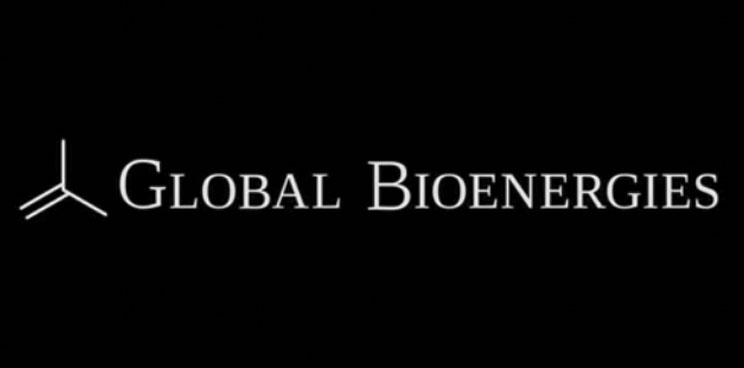We already presented Global Bioenergies in our article “Is France leading the European Synthetic Biology-based Biofuel field?”, but as a reminder the company is developing a process to convert renewable resources into hydrocarbons (more specifically isobutene, a building blocks that can be converted into fuels, plastics, organic glass and elastomers) through fermentation. Global Bioenergies annouced having produced “second generation” isobutene, in a push to diversify accessible feedstock towards cheaper resources.
As a first step to manufacture bio-sourced isobutene, Global Bioenergies has been using first generation feedstock, such as wheat-derived glucose, to set-up and optimize its bio-isobutene process. However, the process was designed to be versatile in terms of feedstock. With the right technical adaptations, it would indeed be well suited to the usage of non-edible resources – widely defined as “second generation” – such as wheat straw, corn stover, sugar cane bagasse or even wood chips.
According to Thomas Buhl, Head of Business development at Global Bioenergies: “Accessing second generation feedstocks strengthens the stunning perspective of our isobutene process to being massively used in the mid-term for the manufacturing of transportation fuels such as gasoline and jet fuel.”
The company has recently established collaborations with nine companies from three continents developing the most promising technologies to convert various resources (straw, bagasse, wood…) into fermentable sugars. Preliminary tests have resulted in successful second generation isobutene production at the laboratory scale, with process performances similar to the ones observed using wheat-derived glucose.
Frédéric Pâques, Chief Operating Officer at Global Bioenergies comments: “We have now demonstrated experimentally that our isobutene production process is compatible with a range of second generation resources. Using impurity-containing sugar solutions is usually difficult in classical fermentation processes that lead to liquid compounds, because the accumulation of such impurities in the culture broth makes purifying the product more complex. Our process, which is based on the production of a gaseous product, alleviates these issues and will allow us to use the cheapest types of feedstock.”





